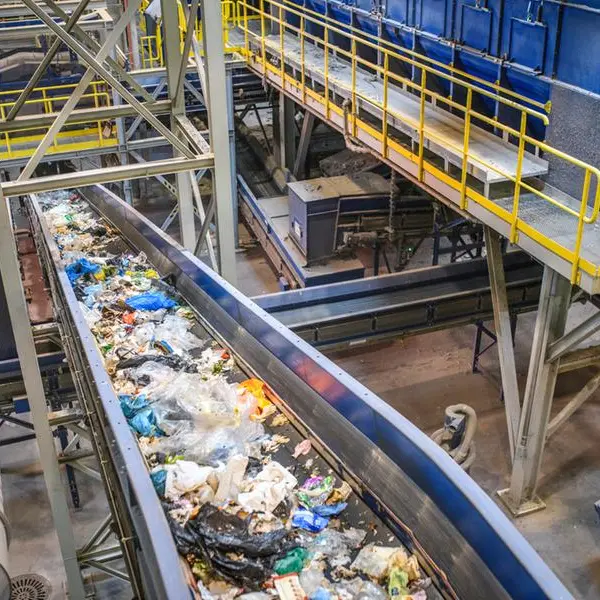More than 94 per cent of stem cell surgeries at the Royal Hospital have been performed successfully, according to a report from the hospital.
Since stem cell surgeries began on November 18, 2013, the hospital has conducted 52 surgeries for the cultivation and transplantation of stem cells.
“According to the latest statistics issued by the Royal Hospital, the unit for stem cell transplants has witnessed a significant increase in the number of surgeries for stem cell transplantation in the hospital in recent years, with a success rate exceeding 94 per cent, which is a qualitative achievement comparable to developed countries in this field,” said an official from Royal Hospital, as quoted in the report.
With a 100 per cent nationalised staff, the stem cell transplantation team consists of doctors, specialised laboratory technicians, a stem cell aggregation team and nursing staff specially trained at international and regional stem cell transplantation centres.
“The launch of surgeries of stem cell transplantation at the Royal Hospital aims to increase the specialised care in the Sultanate, especially in the field of blood diseases, and to cope with the increase in the number of patients in need of stem cell transplants, due to the growth of the population, and those practicing unhealthy lifestyles and poor food patterns,” added officials.
Stem cell transplants are often performed at the Royal Hospital for patients with lymphoma and multiple myeloma, a type of blood cancer. Owned and administered by the Sultanate’s Ministry of Health, the Royal Hospital provides specialty and super-specialty care for patients in the country.
Several departments for specialist care are available at the Royal Hospital, including emergency rooms, child healthcare, surgeries, medical laboratories, infection control, physiotherapy, radiology, dental surgery, genetics, anesthaesology and ICUs, general medicine, obstetrics and gynaecology, pharmacies, central sterility centres, medical oncology, nursing, clinical dietetics, and a diabetes and endocrine centre.
The method for conducting stem cell transplants for patients includes performing laboratory tests and preliminary surveys to ensure the safety of the patient and verify that they are candidates for cell transplantation, after which healthy stem cells are collected intravenously and stored at below zero temperatures, followed by intensive chemotherapy for the patient, with the aim of eliminating the damaged or harmful blood cells, in addition to creating a suitable area for the planted stem cells. Finally, stem cells are transferred to the patient intravenously.
The hospital’s stem cell transplantation unit consists of a blood clotting laboratory, a blood-proliferation laboratory, a laboratory for cell analysis and counting, a cell-processing laboratory, a cell freezing laboratory, and a patient room.
Medicine is developing therapeutic uses for stem cell transplantation to treat many diseases, including blood diseases, type 1 diabetes, cardiovascular disease, and autoimmune diseases.
© Muscat Media Group Provided by SyndiGate Media Inc. (Syndigate.info).











